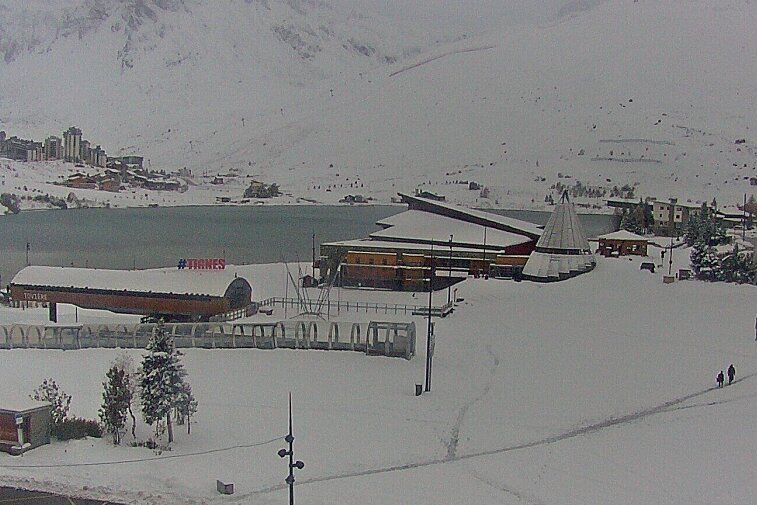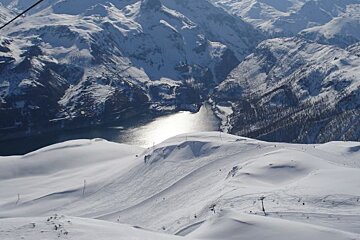
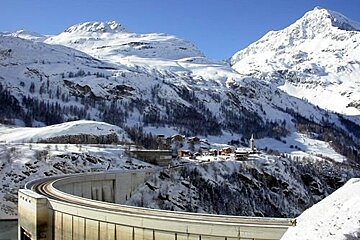
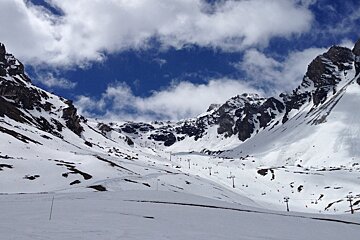
© Holly Millar

© Ellie Mahoney
History of Tignes
Discover the Tignes of yesterday
Historically, Tignes was made up of two villages – Les Brévières, and Tignes itself. Rumours started circulating in the late 1920s that a dam was to be built in the valley covering the original old town of Tignes.
This was met with strong opposition from the locals (Tignards) who fought bitterly to keep their original village. Unfortunately rumours became reality in 1952, when the original old village of Tignes was flooded as part of a hydro-electric power scheme which created the new "Lac du Chevril" over the old site. It has been said that locals tried for many years to disrupt building works using a "resistance" style movement.
Development through the ages
The resorts of Val Claret, Le Lac, Le Lavachet and Le Boisses were built in the late 1950s, early 1960s, and the French architecture is wholly alien in comparison to the spectacular mountain setting at the foot of the Grand Motte and Grande Casse.
Recent history
The new Tignes was created at an altitude of 2,100m, with the main settlement at Tignes Le Lac. There are a number of smaller resorts that make up Tignes and these include Val Claret, Tignes Le Lavachet and Tignes Le Boisses. Monies paid to the local community from the government in damages for the loss of the original village of Tignes helped to build the first ski lifts and buildings in the new villages of Les Boisses, Le Lac, Val Claret and Lavachet.
Tignes Les Brévières went back to sleep after recovering from the 5,000 workers who had been housed in and around the valley in a series of pre-fab army-style huts. The village remained largely intact and was successful in maintaining is traditional Savoyard style. In the early 1970s, the first chair lift links were put in place, connecting Les Brévières with its larger sister skiing and snowboarding resorts and putting the village on the map for skiers.





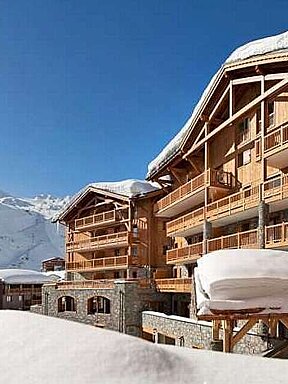

![a picture of a hotel suite at [itemref]](https://cdm0lfbn.cloudimg.io/v7/_images_base_/image_uploader/photos_e2/original/campanules-174-suite.jpg?ua=1579868018&p=carousel)



















